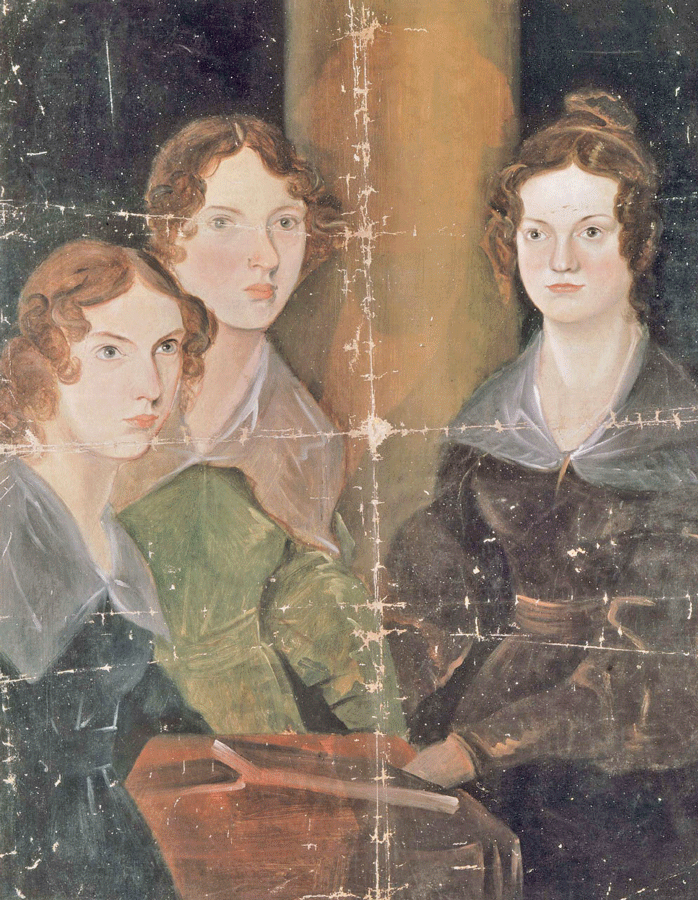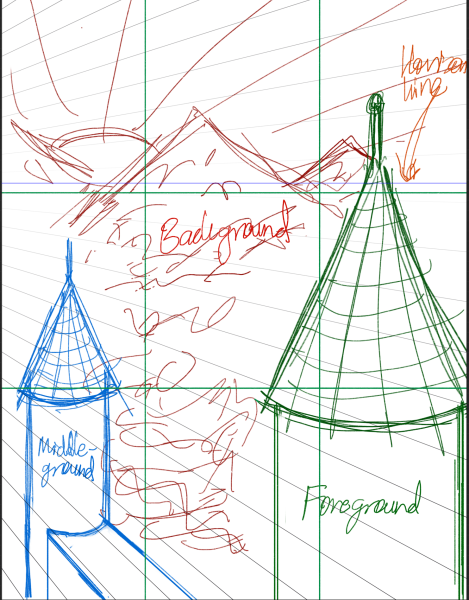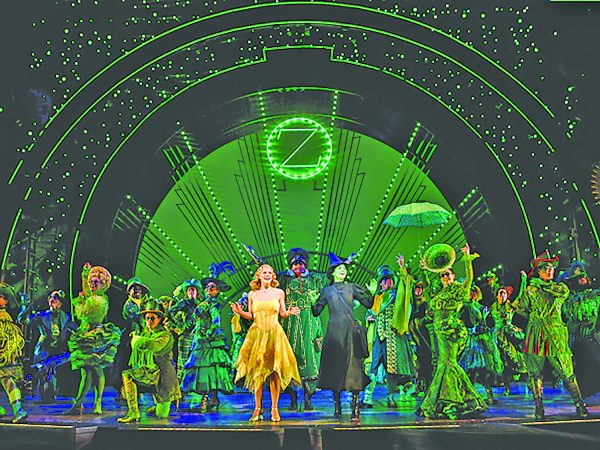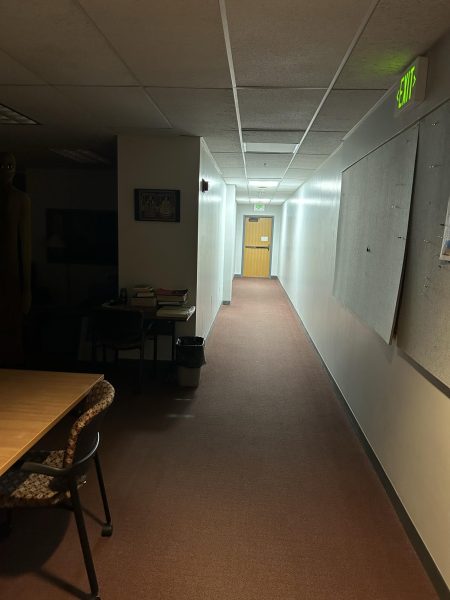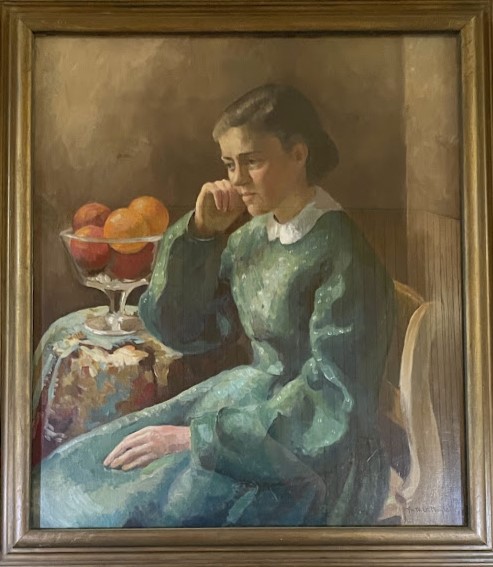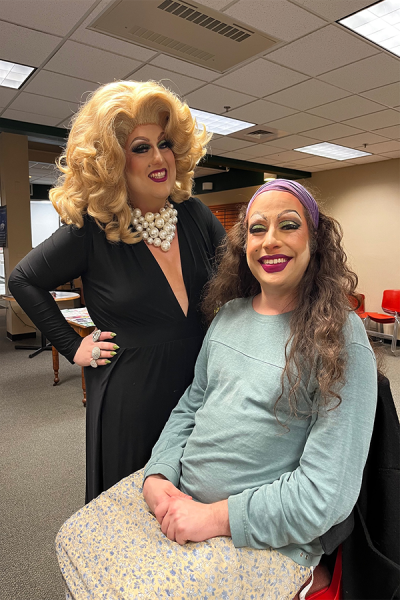Brontë: a family affair
A study of the Branwell Bronte original painting, used as a prop in the Dibden performance
“Brontë,” directed by Laura Roald, made its debut at Dibden Center for the Arts Nov. 7 -10.
Roald has directed a number of plays including “Macbeth” and “Nine” at NVU-Johnson.
“Brontë” follows the fictionalized lives of the real-life Brontë sisters Charlotte, Emily, and Anne and their creative minds that drive them to write even though society tells them otherwise. The play also follows the story of their brother Branwell and their father, Patrick.
Throughout the play there is no chronological order to the scenes; the play continues as the sisters recall different parts of their lives that helped shape them into the women and writers they became. There are also individual scenes from each of their novels, woven into the time when they were written.
The show began with the actresses, Katelyn Shaw, Anna Sargent and Gabby Colby-George, who play the Brontë sisters, appear in modern clothes recalling the real lives of the Brontë family and their books. They then dress in period clothing and became the three Brontë sisters. The show went from scene to scene depicting the hard times of being female authors in the nineteenth century, as well as difficult family situations, health, and the struggles of retaining one’s sanity.
Scenes changed by the sound of a book slamming closed, which almost always fell right in the middle of a heated conversation or important plot point. This could throw audience members off guard if they were not paying attention and not realizing that this was how scenes started and ended. In some cases, the characters from the sisters’ works being portrayed would be on stage when the books shut.
If you have not read any of the Brontë’s sisters work, such as “Jane Eyre” or “Wuthering Heights”, the reference to their characters appearing on stage during multiple scenes is very confusing. The Brontë sister’s’ works are very challenging to understand, The stage presences of characters from each of the sisters’ fictional works, while excellently acted, struggled to give context as to why they appeared on stage.
If the viewer has read “Wuthering Heights,” they might understand why Cathy’s character appears to help Emily work through emotional struggles, but her presence also disrupts the scene and then the scene changes again without returning to a chronological timeline.
The end of the play follows the last few years of Emily, Branwell, and Anne’s lives, and Charlotte’s final years as a writer and a married woman. Some highlights that stood out was when specific characters, Charlotte mainly, spoke empowering monologues that gave depth to each character.
All in all, the show was interesting despite fumbles with the scene changes. The preshow stage seemed to be some sort of a cast read through on the stage as audience members walked in; this was also happening during the stage setup where the audience could see what was happening. The setup and props had a strange look as there were papers thrown over the whole stage. The play was expertly directed by Roald, and the performers were well casted.
Katelyn Shaw starred as Charlotte Brontë, who gave a strong and commanding performance as the eldest Brontë sister. She captured the audience using her powerful, booming voice and led the production to success. Anna Sargent starred as Emily Brontë, Gabby Colby-George as Anne Brontë, Emmett Erwin as Branwell Brontë, and Kyle Palmer played the Brontë patriarch, Patrick, as well as Rochester. Colby-George’s performance, for her first on the Dibden stage, was a great breakout performance and captured the heart of the audience, as her character should. The cast was well put together and worked wonderfully as stage partners.

Senior, Pre-Law & Journalism
Grew up in Middle Town, NY
Fall 2019 - Present
My spirit animal is a Narwhal because they are the aquatic unicorns!


